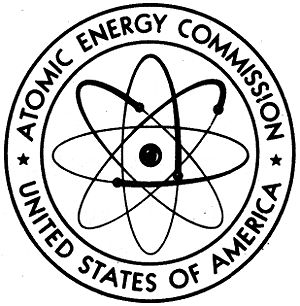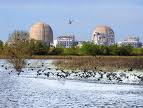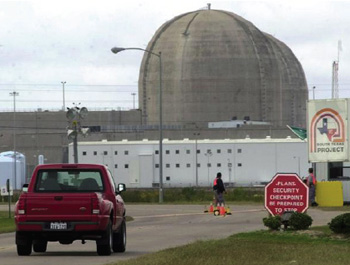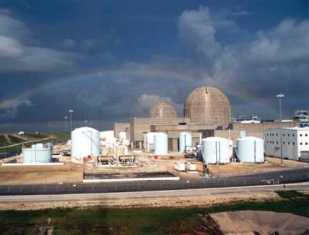Texans For A Sound Energy Policy (TSEP) has filed formal legal contentions with the Nuclear Regulatory Commission (NRC) urging denial of Exelon’s application for an Early Site Permit (ESP) for a proposed nuclear power plant site south of Victoria, Texas. The filing of these contentions will set the stage for a formal legal hearing on TSEP’s contentions regarding the site.
The voluminous contentions filed by TSEP provide an unprecedented level of detailed scientific analysis of the serious water, environmental, endangered species and site safety concerns surrounding the proposed Victoria County site that render it unsuitable for a nuclear power plant.
TSEP’s attorney, Jim Blackburn, offered, “We have extensively documented through thorough research and analysis extremely serious and far-reaching concerns with this proposed site. We are pleased to file them formally with the NRC and look forward to the opportunity to be heard on each of them.”
TSEP’s contentions regarding the proposed Exelon site center on several key issues, including:
-
Water Availability: Exelon proposes to construct a nuclear power plant—one of the most water-intensive forms of electric power generation available—in one of the most drought prone regions of the state on an already severely over-allocated Guadalupe River Basin. Yet Exelon’s selective use of data in its application fails to accurately represent current diversions of water from the Guadalupe River, and Exelon fails to establish that it can secure a “highly dependable” long-term water supply, which the NRC regulations require.
-
Endangered Species: TSEP’s scientific analysis demonstrates a direct and statistically significant relationship between the decline of Guadalupe River freshwater inflows and an increase in deaths of the federally protected, endangered Whooping Crane. According to analysis provided by Dr. Ron Sass of Rice University, there is only a 1% chance that the whooping crane deaths observed over the last couple of decades are unrelated to river flows.
-
Health & Site Safety: The presence of active geologic growth faults underlying the cooling pond and important plant infrastructure pose significant and unacceptable stability risks to the site. Additionally, the presence of an unprecedented number of active and abandoned oil and gas wells on the site (with over 100 known abandoned wells on the site) pose significant risks of explosion, releases of hydrogen sulfide and other poisonous gases. The wells also pose the potential for water contamination—including potential tritium contamination.




 After CPS Energy unveiled its optimistically low $13 billion proposal for South Texas Project reactors three and four, I decided to look into the history of the construction of the first two reactors. What I found was troubling, but it seemed to be pretty much in line with my understanding of problems with nuclear projects during the 70s and 80. Here is a brief time line:
After CPS Energy unveiled its optimistically low $13 billion proposal for South Texas Project reactors three and four, I decided to look into the history of the construction of the first two reactors. What I found was troubling, but it seemed to be pretty much in line with my understanding of problems with nuclear projects during the 70s and 80. Here is a brief time line:
 Oral Hearing Set for June 10th-11th in Granbury, TX
Oral Hearing Set for June 10th-11th in Granbury, TX

